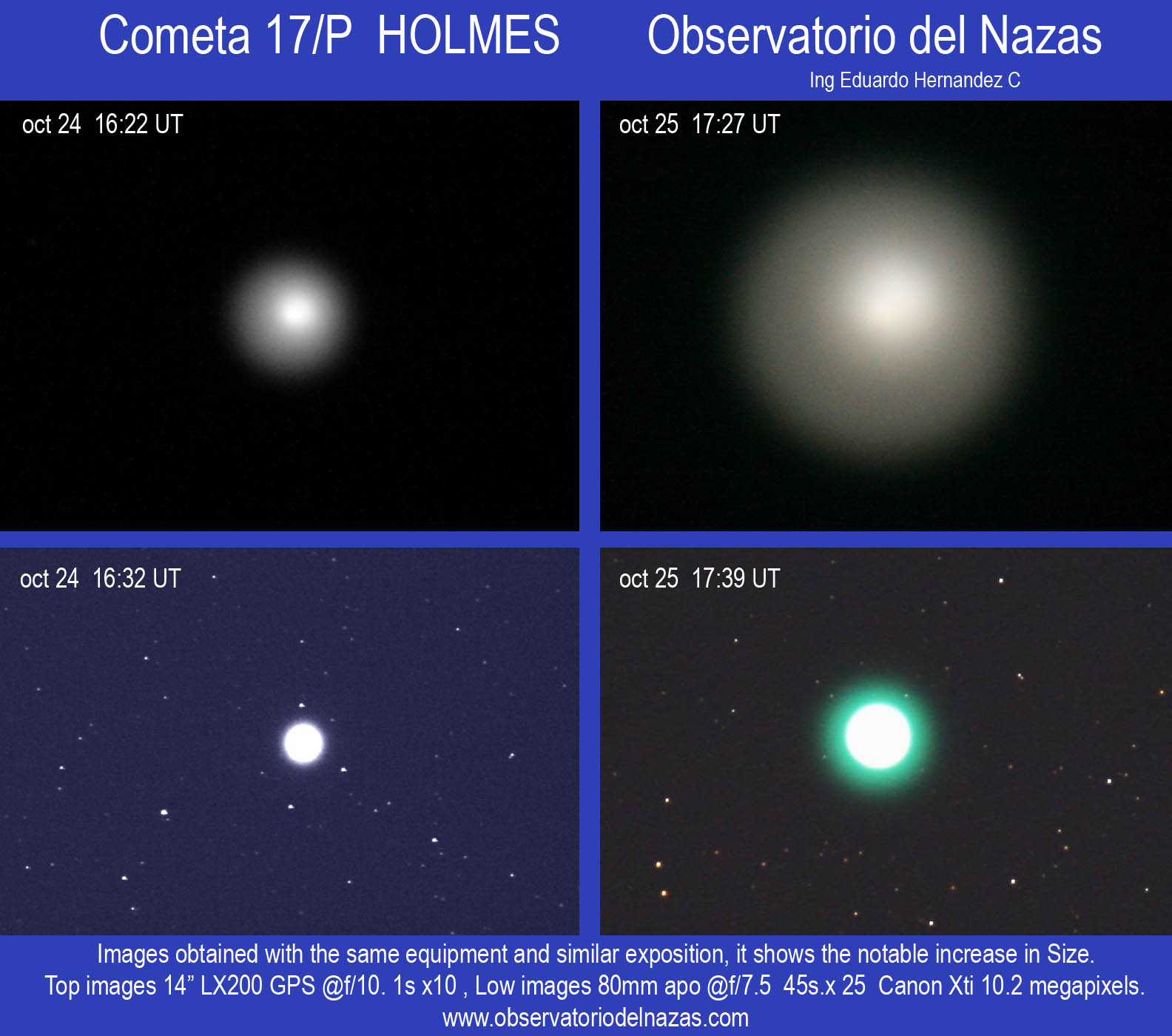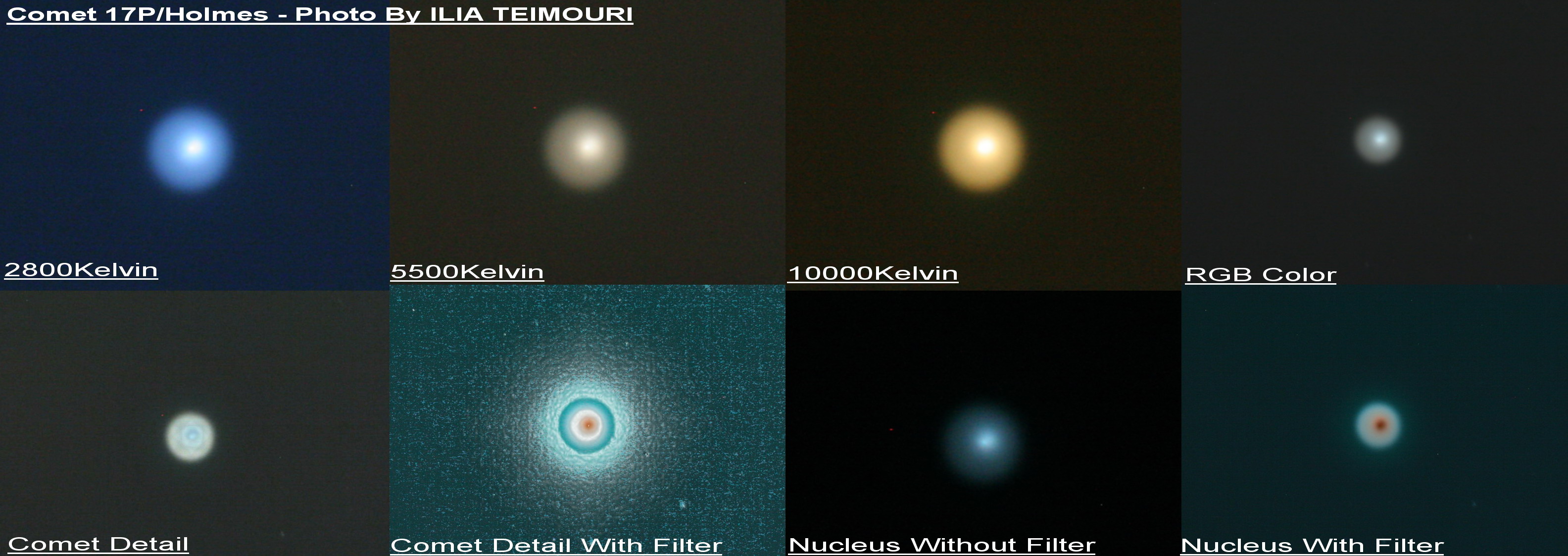You have not been able to refute anything at all, a sure sign of personal delusion. You are here only to deny, an option which makes you look ridiculous in face of the obvious proofs.
In order not to increase the bandwidth unnecessarily, the four videos can be found here:
https://www.theflatearthsociety.org/forum/index.php?topic=76180.msg2067004#msg2067004We have a formula which is totally defied by the comets NEAT, 96P/Machholz and C/2011 L4 (PanSTARRS).
In fact, for comet NEAT we have the data from the SOHO spacecraft:
http://umtof.umd.edu/pm/crn/archive/CRN_1999.HTML (the solar wind speed data recorded by the SOHO spacecraft)
The maximum solar wind speed was a full 916km/s, and yet no visible effects on the comet's coma/tail were observed at all.
The most conspicuous proof that the solar wind has nothing to do with the lag/aberration angle of a comet's tail comes from comet 17P/Holmes.
Comet 17P/Holmes is not affected at all by solar radiation pressure, solar wind blasts or solar gravitational forces:


Its coma retains its beautiful spherical shape, totally unaffected by any force/pressure exerted by the Sun.
http://www2.ess.ucla.edu/~jewitt/papers/2010/SKJ10.pdf"We do not detect any systematic acceleration of the fragments
between 2007 November 6 and 2007 November 14 UT,
since a single mean velocity over the observational data set predicts
a time of ejection that agrees with the published eruption
time (Wilkening et al. 2007). This suggests two things: first,
that radiation pressure does not significantly affect the motion
of the fragments."
Especially if the expansion velocity is high, it may completely dominate the radiation-pressure effects for days or even weeks.
tan ε = V/ω
V = component of the comet's orbital velocity perpendicular to the radius vector
ω = radial solar-wind speed
ε = tail lag or aberration angle
(Introduction to Comets, John C. Brandt, Robert D. Chapman, pg 155)
While orbiting the Sun, NO TAIL LAG ANGLE IS VISIBLE AT ALL, none whatsoever, in the face of direct solar wind blasts.
The gravitational force exerted by the Sun on grain particle (700,000 km distance from the comet's nucleus), according to Newton, is ~10
14 greater than the gravitational force exerted by the comet itself.
Yet, comet 17P/Holmes retains its spherical shape.
"I have never in my experience as a cometary scientist seen such a symmetric structure in emitted material," admits Carey Lisse of Johns Hopkins University's Applied Physics Laboratory.
This comet's behavior, particularly the perfectly spherical outer halo, has confounded even the experts.
(Sky and Telescope, Astronomy News, Nov. 15, 2007)